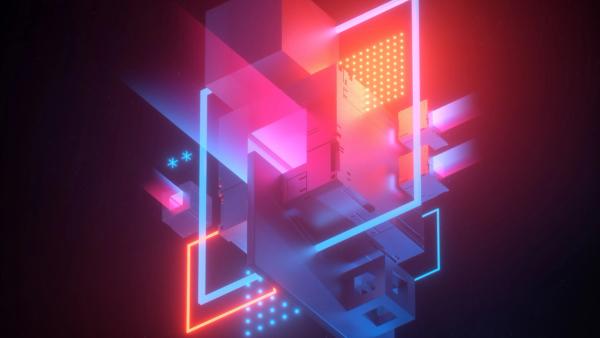How to build a complex website while minimizing frustration and unnecessary project bloat.
So, it’s time to build a new website. You know what your organization needs. Maybe you already have some features in mind, or a certain way you’d like your homepage to look. We know websites: the industry conventions, up-to-date design, accessibility standards, and of course, the actual code that goes into rendering a web page on your iPhone’s browser.
Here’s the problem: how do we talk about websites together? These are incredibly complex organisms, sometimes with hundreds of features, and many related concepts, usually full of jargon and abbreviations: SEO, RSS feeds, sitemaps, CMS, front-end user experience, user interface design, WCAG, A11y, and more.
Shared documents aren’t shared understanding. We can’t write a website proposal detailed enough to capture all of your hopes and dreams right now. And even if you could write a 90-page document capturing every single feature you wanted on your new website, making sure we understood the way you described each individual feature would be an exercise in frustration.
How do we move forward?
Learn
The only way we can make an effective website for your organization is by understanding your organization. We help you articulate your goals, so that we can turn them into an effective website. In other words, we build understanding by talking together, not by writing out exhaustive requirements documents.
So to start this project, we’re going to talk about how things look now. Who uses your website? What do they hope to accomplish on your website? Is your website putting a barrier between your audience and your message? What are the ways your current website helps them solve problems well? What on the current website makes your users want to tear their hair out?
By talking about the current reality, we can learn from you and decide what we’d like the outcome to be. Good design solves problems with as little as possible. Your website will only be effective if it is focused on solving the most important problems of your most important audiences. Everything else follows from that.
Learn what problems you’re trying to solve by identifying audiences and their stories. First, we learn from you: you tell us about who uses your website. Tell us their story: what they’re trying to accomplish on your website. You tell each audience story as a logical flow of actions, which will make up the backbone of this project. Instead of compiling an arbitrary list of features, we help you think about your website’s visitors and what they are hoping to accomplish.
Plan
We turn stories into website components and development tasks. What website components will actually help your audiences solve their problems? We can help with that. We turn your user stories into website components and development tasks, and then help you prioritize all of these tasks into a Wishlist.
Make a plan for building the most important tasks first. Think of this as “if our website could only do one thing, it would be X.” Once we’re done, we’ll keep returning to your wishlist to work through what’s left, from most to least important. Everything that gets added to the website has to respect what’s already been established by your top priorities. The result is a website that is easiest for your most important audience to use, because it’s been built around their most important problem.
Talk often about how the project is progressing: We build understanding by talking together, so every two weeks, we show you what’s been done. You get a chance to evaluate and suggest changes, and then we work with you to plan out what’s coming next.
Build
Iterate quickly and expect change: Your wishlist is the roadmap for the project’s scope, timeline, and budget. We’ve come to expect that complex, organic websites will need to change both throughout the development process, as well as once they’ve launched. If we need to revisit a finished user story, or add a brand new story that nobody thought of, it’s easy to add a new item to your Wishlist and re-prioritize the remaining work accordingly.
Start seeing your actual website as early as possible: If you can’t see a real website that you can interact with in a web browser, it’s impossible to think about how effectively it’ll solve your audience’s problems. In other words, instead of showing you static design screenshots, we’ll always deliver a website that you can click around on. You get eyes on every step of the process.
Launch
You decide when to launch: At some point, all the remaining tasks on your wishlist are ‘nice to haves.’ You decide when we hit that point, and then your website is ready to launch. We can launch ahead of schedule and below budget: when we’ve built enough of the highest priority tasks from your Wishlist.
Set a course for growth-driven development: The remaining tasks in the Wishlist become the roadmap for the next few months of work on the site. You immediately have a pathway to continue improving your website in the months and years after launch.
